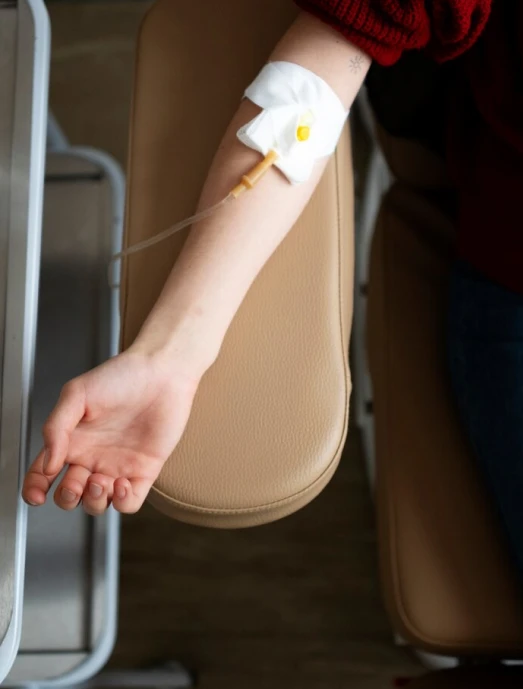
What is Hemodialysis?
Hemodialysis is a process that removes toxins and excess fluids from a patient’s blood using a dialysis filter, known as a dialyzer, which acts as an artificial kidney. In hemodialysis, blood is pumped through the blood compartment of the dialyzer, which consists of hollow fibers with a semipermeable membrane containing thousands of tiny pores. Blood flows through these fibers while dialysis solution flows around the outside. This setup allows excess water and waste products to move from the blood into the dialysis solution. The cleansed blood is then returned to the body. Ultrafiltration, or the removal of excess body water, also occurs simultaneously, allowing 3-4 liters of fluid to be removed during a typical treatment.
Hemodialysis is usually performed three times a week, with each session lasting around four hours. Given that healthy kidneys work constantly 24/7 (168 hours per week), hemodialysis for 12 hours a week is minimal in comparison. To achieve highly effective dialysis, it’s crucial not only to have quality equipment and skilled technicians but also to ensure the water supplied to the machine is of the highest purity. During each session, a patient is exposed to an average of 120 liters of water, making water quality essential for safe and effective treatment.
When is Hemodialysis Needed?
Hemodialysis is commonly conducted in a hospital setting, within a dialysis unit. Most patients require hemodialysis three times a week, with each session lasting approximately four hours. Before starting hemodialysis, a surgical procedure is performed to create an access point in the body to connect blood to the hemodialyzer.
Typically, an Arteriovenous (AV) fistula is created by joining an artery to a vein under the skin in the arm to create a larger blood vessel. The AV fistula needs at least two months to mature before it can be used for dialysis.
If blood vessels are not suitable for an AV fistula, an AV graft — a synthetic tube made of PTFE — is used to connect an artery and a vein under the skin. This AV graft can be used by about ten days after placement.
In cases where immediate dialysis is required, a double-lumen catheter (a narrow plastic tube) may be inserted into a large vein in the neck as a temporary access. For those awaiting AV fistula or graft maturation, a cuffed catheter (Permacath) may be tunneled under the skin of the upper chest and connected to the neck vein. This type of access can be used for long-term dialysis treatment.
Advantages of Hemodialysis
Hemodialysis provides effective toxin and fluid removal by mimicking kidney function. Advantages include:
- Controlled and precise removal of excess fluids and waste products.
- Ability to perform dialysis in a hospital setting under medical supervision.
- Customization of access types (AV fistula, AV graft, catheter) to suit the patient’s needs and immediate dialysis requirements.
By providing a reliable and efficient method for removing toxins and regulating fluid balance, hemodialysis offers essential support for patients with compromised kidney function.
Hemodialysis Complications
While hemodialysis is an essential treatment for kidney failure, it is not without potential complications. Cardiovascular issues, such as hypotension from fluid removal are common concerns. There is also a risk of infection, particularly at the access site, which can lead to serious complications if not properly managed. Additional complications may include anemia, bone mineral disorders, and occasional issues related to the operation of the hemodialysis machine or water quality. Regular monitoring and strict adherence to treatment protocols are crucial in minimizing these risks and ensuring safe and effective therapy.
Hemodialysis in India
If you’re dealing with symptoms of kidney failure or need to explore dialysis options, expert care is crucial. Whether you need hemodialysis, peritoneal dialysis, or other advanced therapies, meet Dr. Kamal Kiran, who can provide specialized treatment and individualized care plans to manage your condition effectively.
One can trust Dr. Kamal Kiran’s expertise for comprehensive and compassionate nephrology services. Book your appointment today!